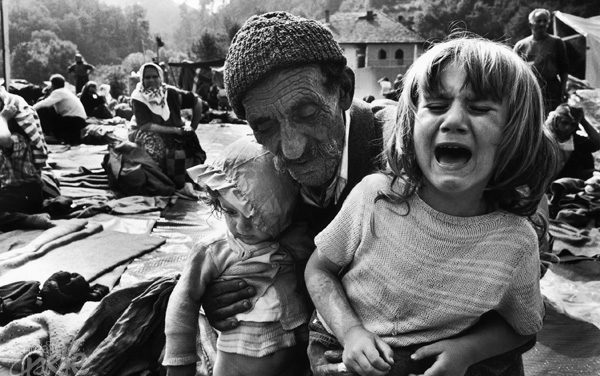Genocides are considered to be the worst atrocity a state or world leader can commit. They are condemned by every international body, and the scars of some of history’s worst genocides continue to be felt the world over. There are some genocides that do not get the attention of others, some that are hidden by the countries who wish to hide their past, and some that simply did not catch the world’s attention until it was too late.
While the Jewish Holocaust, the Ukrainian Famine, and the Rwandan genocide have since become rallying cries for those who proclaim “never again,” genocides continue to happen again and again. Here are some 20th century genocides that are not as well known as others, but continue to echo throughout the countries they affected.

Bosnian Genocide
In the 1970s, the Republic of Yugoslavia was a liberal communist regime that was led by the dictator Josip Broz Tito. He maintained tight control over the various ethnic groups within the country and promoted a “greater Yugoslavia.” This maintained peace throughout the country during his 35 years as leader. After his death in 1980, there was a power vacuum that instantly pitted the ethnic groups against each other as they vied for control. Slobodan Milosevic from Serbia rose to power in 1987 and promoted the idea of Serb-dominated state that worried the other 6 regions of Yugoslavia.
Tensions between the different ethnic groups, Serbs, Croats, and others, were too great to simply be resolved peacefully. War broke out throughout the Yugoslavian regions. Bosnia-Herzegovina, as the most ethnically heterogeneous of the regions, was the location of the worst warfare and ethnic cleansing. The Serb-dominated government sought to remove the Bosniak and Croat presence from what they believed was Serbian territory. The Serbians followed a devastating plan of attack in city after city as they moved through Bosnia-Herzegovina.
The Serbs would first urge any Serbian residents to leave and then they would commence bombing the city with artillery. Next the leaders of the town would be executed. Afterward the elderly, women, and children would be separated from the men and older boys. The men and older boys would be executed while the rest would be sent to brutal concentration camps.
The UN responded to the crisis by setting up safety zones such as Srebrenica. Since the UN forces were not allowed to fire back unless in self-defense and they were poorly armed, their “protection” did very little. This was proved when Serbian forces murdered 7,000 men and boys in Sreberenica in the largest massacre in Europe since World War II. Eventually the genocide ended when Bosniaks and Croats joined forces against the Serbs. Estimates for the genocide put the death toll at over 100,000, with millions displaced.

